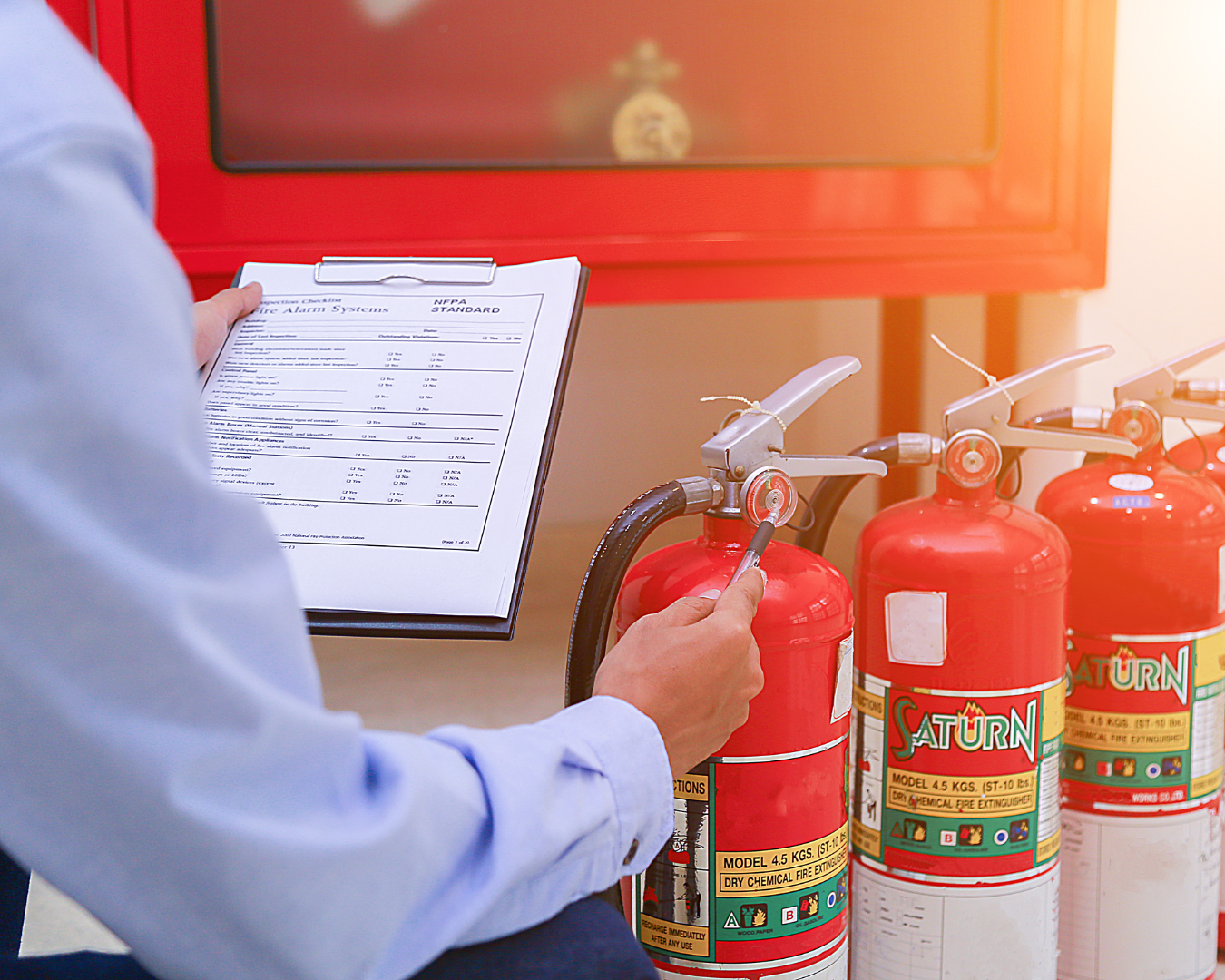Fire Safety 101: Protecting Your Home and Family
Fire safety is a crucial aspect of home security that ensures the well-being of your family and the protection of your property. Fires can start unexpectedly and spread rapidly, making it essential to be prepared and knowledgeable about prevention and response. This guide covers the importance of fire safety and provides actionable steps to help you safeguard your home and family.
The Importance of Fire Safety
1. Protecting Lives:
- Fire safety measures are primarily about saving lives. Early detection and a well-practiced escape plan can make the difference between life and death in the event of a fire.
2. Minimizing Property Damage:
- Proper fire safety practices can help contain and extinguish fires quickly, reducing the amount of damage to your home and belongings.
3. Peace of Mind:
- Knowing that you have taken steps to prevent and prepare for fires provides peace of mind and ensures a safer living environment for your family.
Actionable Steps for Fire Prevention and Safety
1. Install and Maintain Smoke Detectors:
- Placement: Install smoke detectors on every level of your home, inside bedrooms, and outside sleeping areas.
- Regular Checks: Test smoke detectors monthly to ensure they are functioning properly.
- Battery Replacement: Replace batteries at least once a year or immediately if the detector chirps, indicating low battery.
2. Create a Fire Escape Plan:
- Design an Escape Route: Identify two ways to exit each room and establish a designated meeting spot outside the home.
- Practice Regularly: Conduct fire drills with all family members at least twice a year to ensure everyone knows the escape plan and can execute it quickly.
3. Teach Children About Fire Safety:
- Recognize Hazards: Educate children about common fire hazards and the importance of not playing with matches, lighters, or electrical outlets.
- Stop, Drop, and Roll: Teach children what to do if their clothing catches fire – stop immediately, drop to the ground, cover their face, and roll until the fire is extinguished.
- Emergency Procedures: Ensure children know how to call 911 and what information to provide to the dispatcher in case of an emergency.
4. Keep Fire Extinguishers Accessible:
- Proper Placement: Place fire extinguishers in key areas such as the kitchen, garage, and near exits.
- Know How to Use Them: Learn the PASS method (Pull the pin, Aim the nozzle, Squeeze the handle, and Sweep the nozzle) and ensure all family members are familiar with it.
- Regular Inspections: Check extinguishers regularly to ensure they are charged and in good working condition.
5. Practice Electrical Safety:
- Avoid Overloading Outlets: Do not plug too many devices into a single outlet or power strip.
- Inspect Cords and Plugs: Replace frayed or damaged cords and avoid running cords under rugs or furniture.
- Use Appliances Safely: Follow manufacturer instructions for all electrical appliances and unplug them when not in use.
6. Cook with Caution:
- Stay Attentive: Never leave cooking food unattended, especially on the stovetop.
- Keep Flammables Away: Ensure flammable items such as kitchen towels, paper products, and curtains are kept away from heat sources.
- Have a Lid Ready: Keep a lid nearby to smother small grease fires by covering the pan.
7. Be Careful with Heaters and Fireplaces:
- Maintain Distance: Keep heaters and fireplaces at least three feet away from flammable materials.
- Use Screens: Install a sturdy screen in front of the fireplace to prevent sparks from escaping.
- Turn Off When Unattended: Always turn off space heaters and extinguish fires in the fireplace before leaving the room or going to bed.
8. Store Flammable Materials Safely:
- Proper Storage: Store gasoline, paint, and other flammable materials in approved containers and away from living areas.
- Ventilation: Keep these materials in well-ventilated areas to prevent the buildup of fumes.
Responding in Case of a Fire
1. Stay Calm:
- Remain as calm as possible to think clearly and act quickly.
2. Evacuate Immediately:
- Follow your escape plan and leave the house immediately. Do not stop to collect personal belongings.
3. Avoid Smoke:
- If you encounter smoke, stay low to the ground where the air is clearer and crawl to the nearest exit.
4. Check Doors:
- Before opening a door, feel the handle with the back of your hand. If it’s hot, use an alternate escape route.
5. Once Outside, Stay Outside:
- Do not re-enter the house for any reason. Wait for firefighters to arrive and handle the situation.
Fire safety is an essential aspect of home security that requires proactive measures and regular practice. By installing and maintaining smoke detectors, creating and practicing an escape plan, teaching children about fire safety, and following best practices for fire prevention, you can protect your home and family from the dangers of fire. Stay vigilant, be prepared, and ensure that every member of your household knows what to do in case of a fire.

